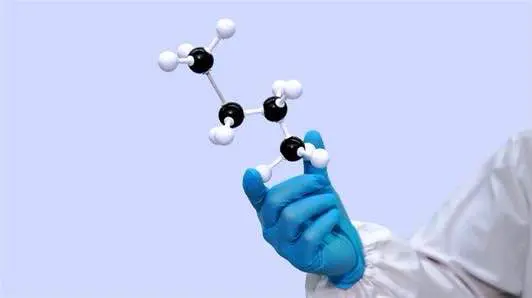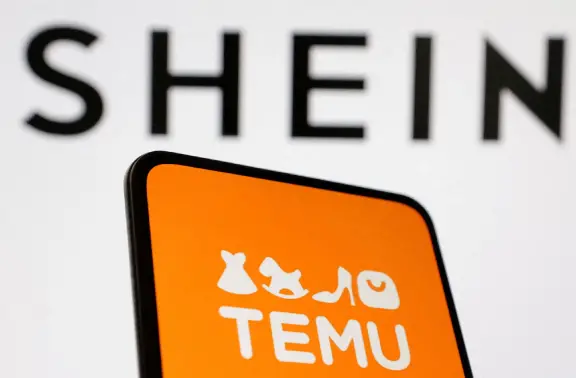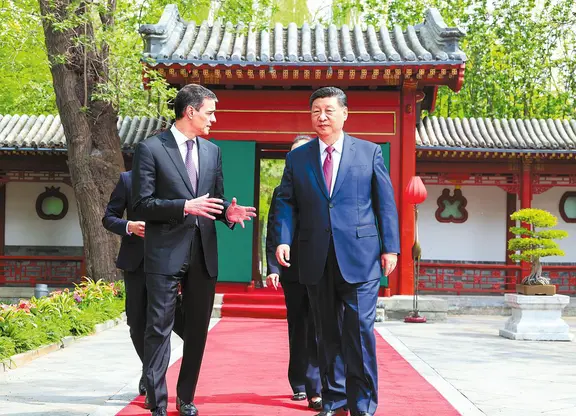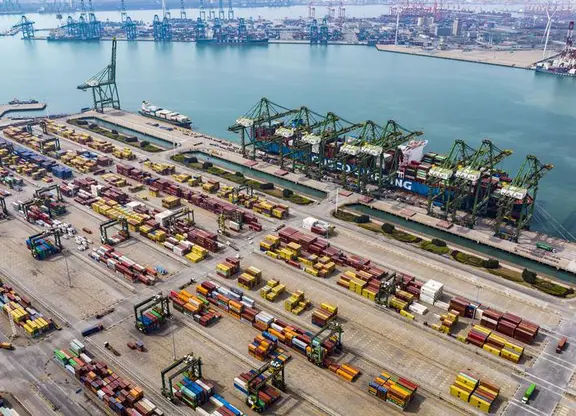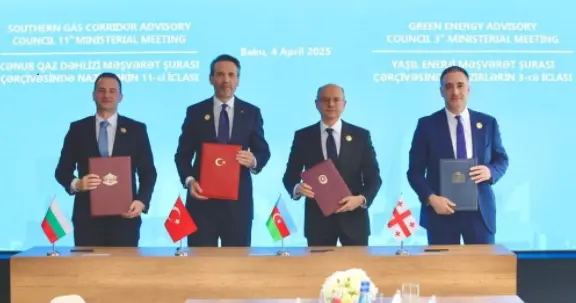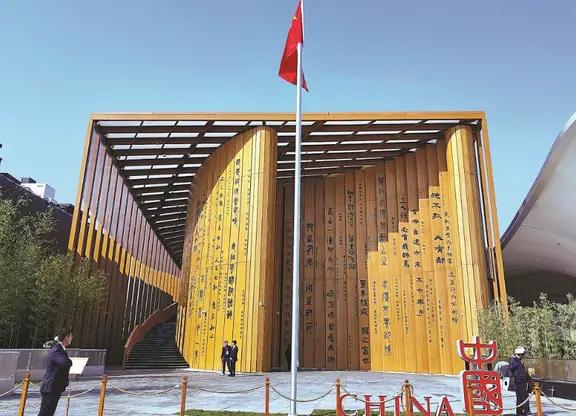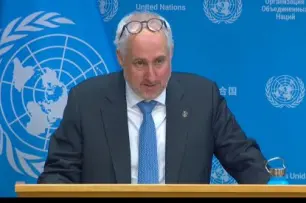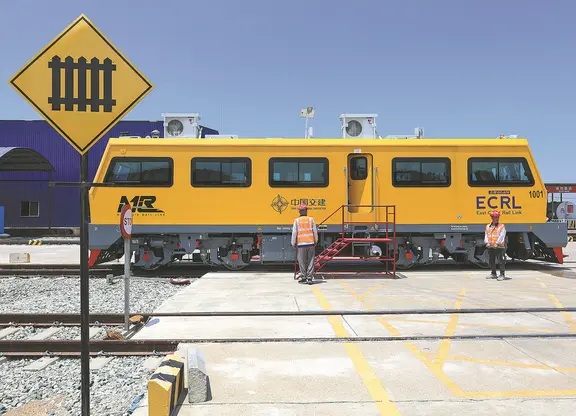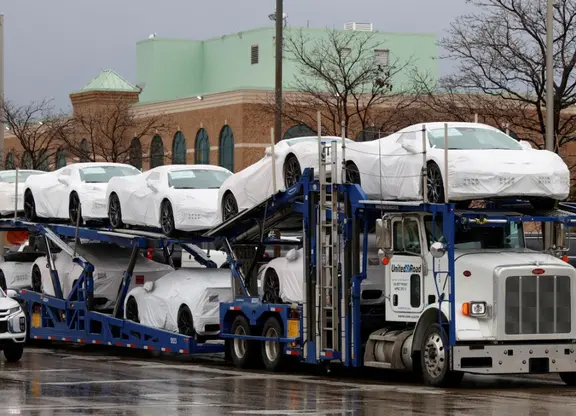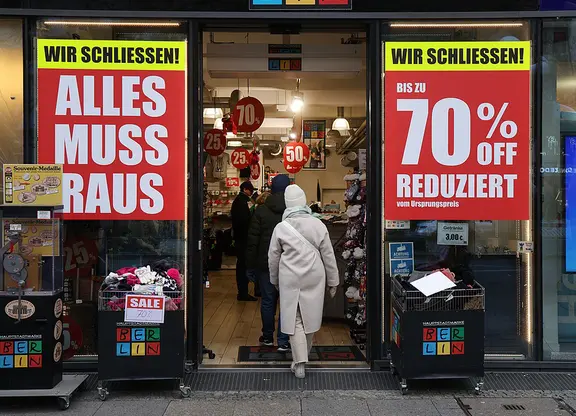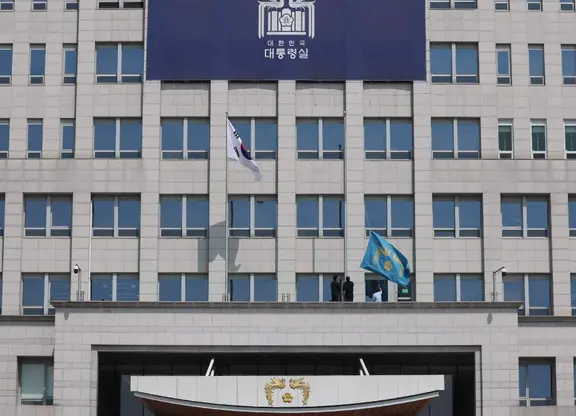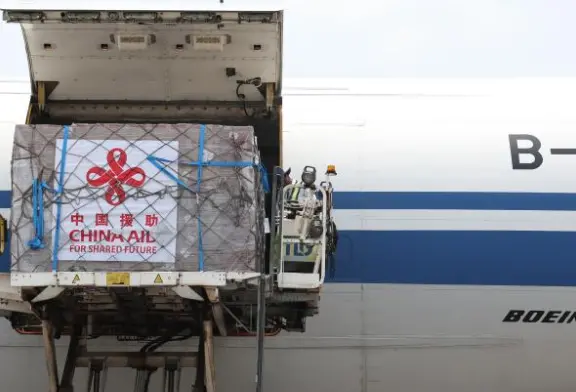By APD writer Imdad Hussain
The COVID-19 that has so far caused more than three hundred thousand deaths and infected nearly 5 million people worldwide, make us rethink how governments, organizations, and societies around the world can work with minimum or without physical contact.
Today, the frontline warriors and heroes of the nation are doctors, medical staff, local police, and private security guards and refuse collectors. Technologies like Artificial Intelligence, Big Data, GIS and Mapping, Location Technology and autonomous machines are playing a growing role in responding against this invisible enemy.
To prevent the spread of the virus, most of the countries took measures like the closure of non-essential public places, ban of mass gatherings and ensuring a social distancing to limit physical contact.
The Artificial Intelligence in this crisis is proliferating more widely than ever before, having the potential to influence many aspects of daily life as crises often prove catalysts for the deployment of new innovations and technologies more quickly though its access is limited.
Governments and businesses have resorted to digital tools and technological options to sustain their operations and survival. It has proved to be a great tool for communication, coordination and automation of tasks while at individual level it has been helpful in uniting families and friends during the pandemic.
From robots to a virus-killing snood and a portable isolation capsule, these new prototypes demonstrate what humans are capable of in the face of adversity. However, many countries are not equipped to benefit from these technologies.
In the United Kingdom, Dr Rhys Thomas, along with engineering company CR Clark & Co of Ammanford, in just three days developed a simple and robust basic ventilator, which besides helping patients breathe also clears the room of viral particles though it is not a replacement of the ICU ventilator.
The Mexican company XE Medical Engineering has developed an isolation capsule to keep pathogens from escaping, lowering the chance of it spreading to health workers.
In China, Kuang-Chi Technologies developed a smart helmet that can scan the temperature of hundreds of people every minute from a distance of up to five metres away. The headset features an infrared thermometer and can connect to the nearest hospital
A South Korean hospital has built a coronavirus testing facility that are similar to phone booths and allow medical staff to examine patients from behind a plastic screen that takes about seven minutes, after which the booth gets sanitized and ventilated for the next patient.
A Danish company created a sterilizing robot that looks like a group of lightsabers on wheels that destroy viruses, bacteria and other harmful microbes and sanitize hospital wards without the need for chemicals.
In a bid to reduce exposure to one of the most contagious places in a building, a Belgian 3D company, Materialise, designed a hands-free door handle attachment that can be screwed on either side of a handle, allowing a person to use their arm or elbow to turn it.
CLeanTech, a full-body disinfection booth that uses sanitizing spray, antimicrobial coatings and temperature checks, could represent the future of airport screening - a 40-second disinfection and sanitization in a small booth that kills any viruses and bacteria found on clothing as well as the body.
The coronavirus pandemic has also taken a severe toll on industries, health systems and lives since the outbreak began with doctors, scientists and ordinary people racing to find ways to tackle the infection.
In addition to AI is also helping in street surveillance as China and many European countries are using drone technology to broadcast messages and information about lockdown measures, especially in rural areas that lack open communication channels for health information while it is already playing a major part in the early stages of vaccine development.
The latest technologies are really making a difference in the fight against COVID-19 but global cooperation is essential that its benefit should reach all the countries of the
The UN Secretary-General Antonio Guterres in his message on World Telecommunication and Information Society Day has rightly stated that international cooperation on Information Technology can be a beacon of hope to help defeat COVID-19 and achieve global goals.
Guterres said: “World Telecommunication and Information Society Day reminds us that international cooperation on digital technology is essential to help defeat COVID-19 and achieve the 2030 Agenda for Sustainable Development."
(Asia Pacific Daily)
 简体中文
简体中文

